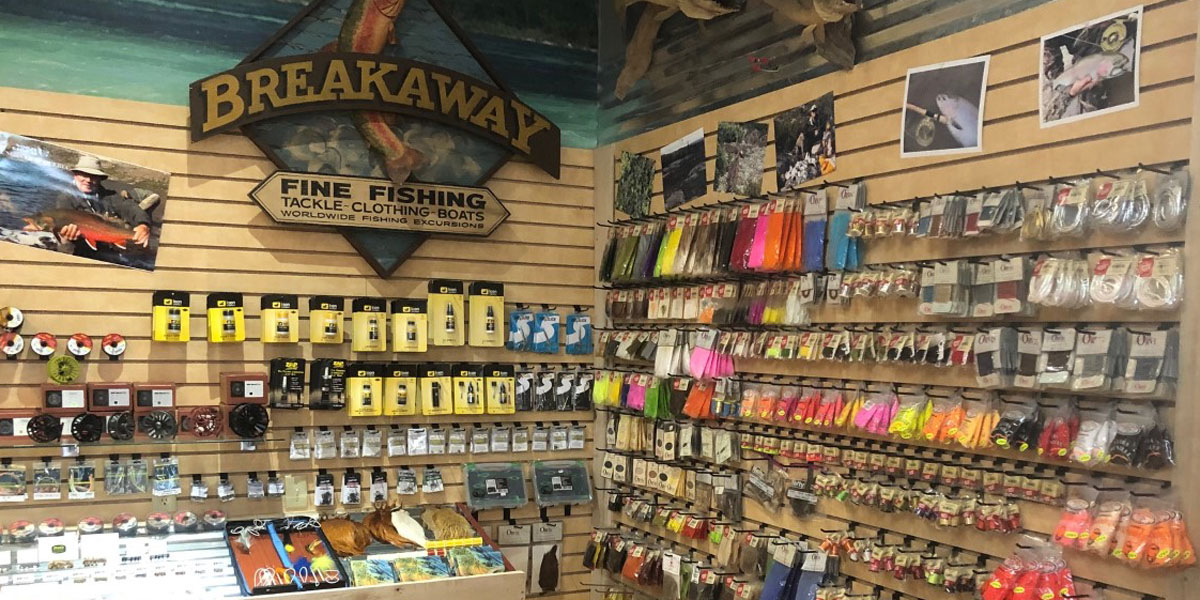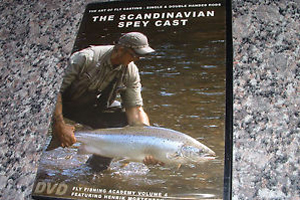The advantage of fishing the estuary compared to the fresh-water section of the Leaf River is that the Arctic char, the Atlantic salmon and the sea-run speckled trout feed vigorously there on the abundant shrimp and small baitfish.
The char and salmon are strong swimmers and can readily avoid predation by the seals and beluga whales that enter the estuary. For this reason, char and salmon are generally caught in deeper water via fishing from a drifting boat. Flocks of gulls that hover above the feeding char give a clear indication of productive locations. Char will also come into shallow water at high tide in pursuit of prey, in which case shore fishing is highly productive.
The large sea-run trout in the estuary tend to hide close to rocks and are best caught at low tide. A fly that is particularly effective is the woolly bugger, which provides a good imitation of shrimp and readily fools the trout and char. Trout can also be caught on surface flies at low tide among the rocks at the edge of the estuary channel.
The estuary of the Leaf River is located between a large waterfall (about 10 meters high) located at approximately 58 deg. 47' N, 70 deg. 15' W and a minor waterfall at 58 deg. 47' N, 70 deg. 4' W. Above the large falls is the Leaf River, which is pure fresh water; below the falls the water is brackish with the salinity that depends on the tidal phase. The minor falls pokes above the water surface only in the final quarter phase of tidal swing. At the maximum tide the large falls disappears enabling one to boat directly from the estuary to the fresh water river without encountering any rapids. In August, seals and beluga whales swim up into the fresh water river chasing char and salmon in their annual migration. Beluga have been seen over 10 km upstream. Fresh-water seals inhabit the river and the headwaters at Lake Minto, 200 miles upstream. In addition to the Leaf River, three streams contribute fresh water to the estuary.










 Welcome to the
Welcome to the
















